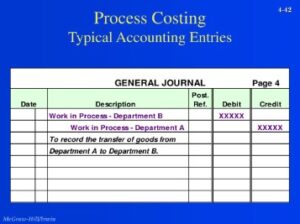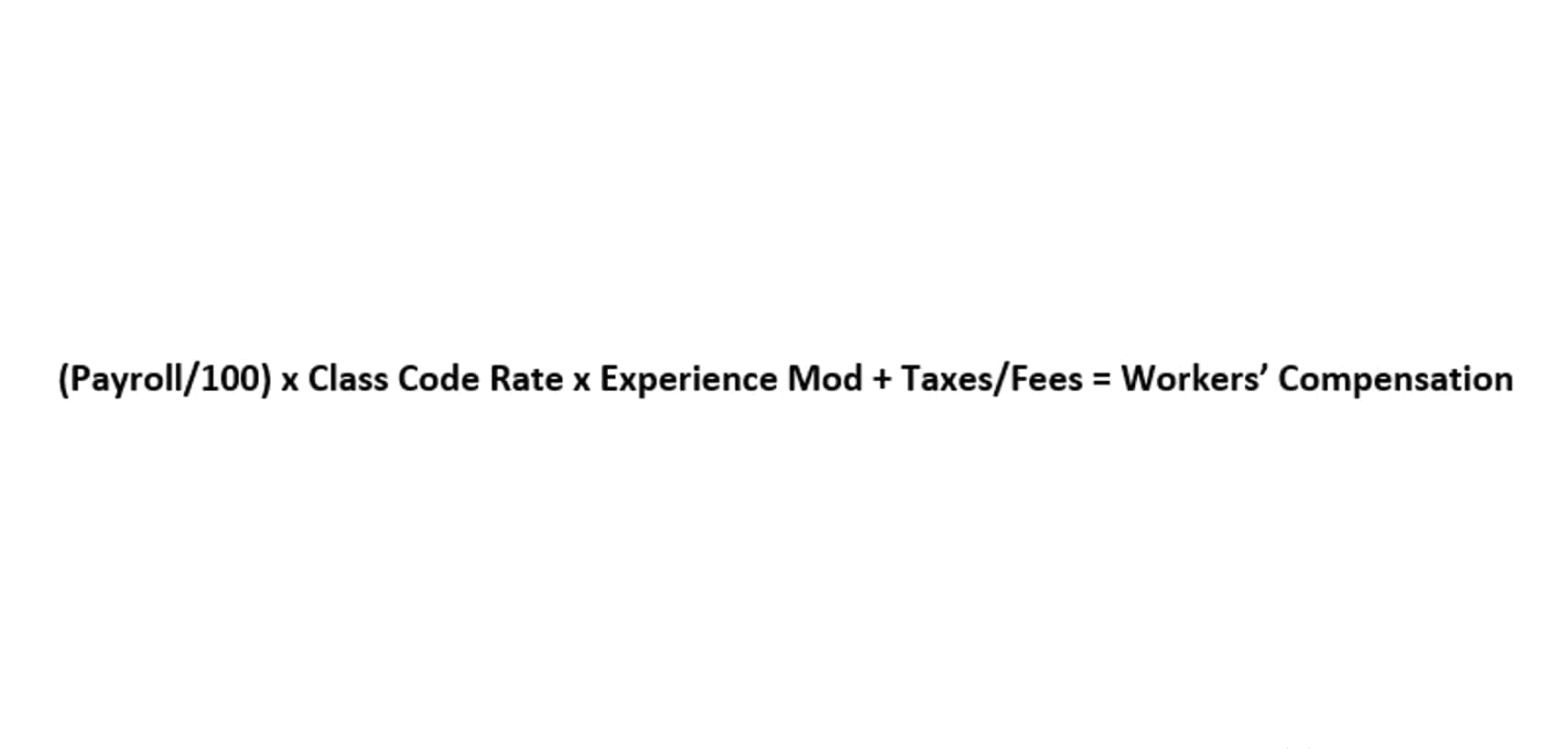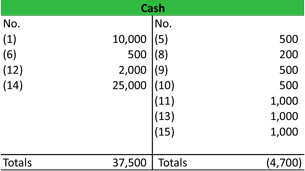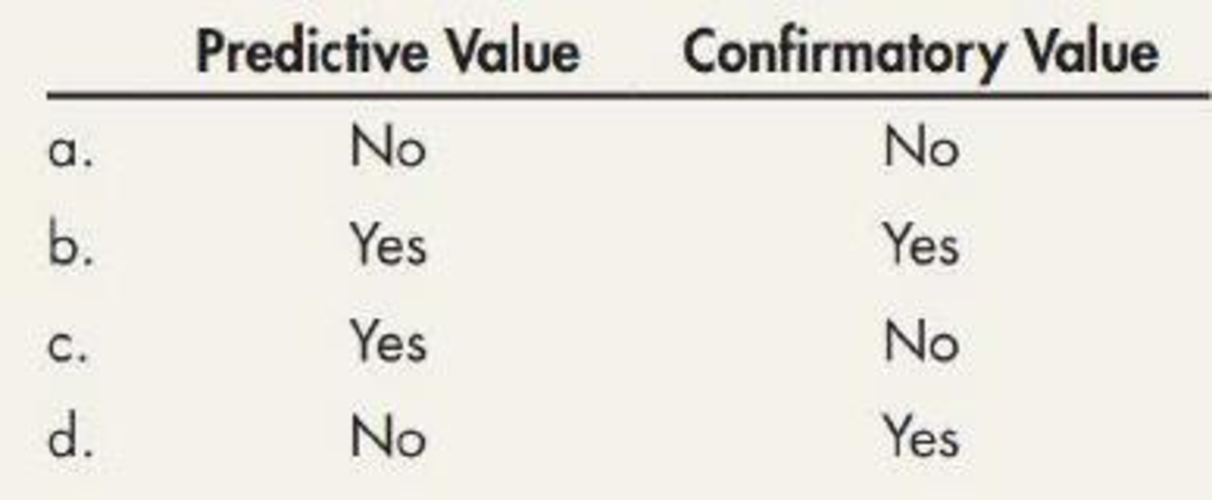5 Smart Reasons to Use Net 30 Payment Terms or Not

Entrepreneurs and industry leaders share their best advice on how to take your company to the next level. On the contrary, if the owner of a startup hires a contractor to develop content for their website, Net 15 might be more appropriate, as it’s likely a cheaper job, requiring just one person. Looking into the pros and cons of Net 30 should give you a better idea of if Net 30 makes sense for your business.
What Are Net 30/60/90? – CO— by the U.S. Chamber of Commerce
What Are Net 30/60/90?.
Posted: Thu, 19 Jan 2023 08:00:00 GMT [source]
Other common net terms include net 60 for 60 days and net 90 for 90 days. Some businesses expect payment much sooner, so you may also see net payment terms of 10, 14, or 15 as well. Maintaining a good relationship with your vendors can build trust and provide you with products and information that can help your business grow.
The number indicates how many days the customer has to make their payment. In this article, we’ll explain the benefits of net 30 and how you can use this payment term to make sales and purchases for your business. Choose the right payment terms for your marketplace and dropship program today with Convictional. Our team can help you navigate through all your terms options and design a policy that works best for you and your sellers. If you’re a retailer running a marketplace or dropship program, consider which payment terms will improve your marketplace’s health. For buyers and sellers who transact via EDI, we enable sellers to invoice their buyers via 810 EDI documents (invoices).
Disadvantages of offering net 30/60/90 terms
Most of the time, net 30 means the customer must pay within 30 calendar days of the invoice date. However, it can also mean 30 days after purchases are made, goods are delivered, work is complete, and so forth. With shorter terms, it might also mean days after receipt of the invoice.
A working relationship that operates with a healthy degree of good faith will likely last for a longer amount of time than one that is strictly transactional and only focused on the bottom line. In those situations, the buyer wouldn’t be able to do business with a supplier that requires payment upfront, driving the need for net terms. In Liquid, payment terms default to Net 30, and Clients set the payment terms. These terms are set by the Client within Settings and apply to all engagements. However, Clients can change payment terms for each Vendor as well as change them for each Work Order and for each Invoice. If Vendors want to request Due Upon Receipt, Net 7, Net 14, or Net 45 instead they may do so by messaging their Client.
When is the first day of the “net” period?
Again, if you’re in a position to reduce your profit margin a bit in order to be paid more quickly, then go for it. But, if you’re already operating on a razor-thin margin, discounting invoices may not be a good idea for your business right now. While offering net 30 terms to your customers has some distinct advantages, before making a decision, be sure you’re aware of the drawbacks as well. It all depends on how much cash you have on hand, how many clients you have, whether it’s common in your industry, and most of all, how generous you can afford to be with your clients. Net 30 could mean 30 days after the sale, 30 days after delivery, or 30 days after the invoice. To save you time, FreshBooks offers a free download of invoice templates.
- These can change as you develop trust with your supplier or customer.
- Unfortunately, when you sell an invoice to a company like this, you get paid the full amount owed, minus a small percentage fee.
- If you’re an Invoice Simple user, Invoice Simple Payments lets you link your professional invoices to PayPal’s Pay in 4 service.
- Net terms such as net 5,10 could be used for newer customers, while net 15, 30, and 45 could be used for those with established credit history with your company.
- While setting a due date is standard practice and should be adhered to by customers, it doesn’t always rule out the situation of late payments or bad debts.
- The money saved by capturing early payment discounts can be used by the buyer in-line with their working capital optimization strategy.
Net 30 means that payment is due within 30 days of when the invoice is received. Essentially, a seller who sets payment terms of net 30 is extending 30 days of credit to the buyer after goods or services have been delivered. Net 30 means that the buyer has 30 calendar days after they’ve been billed to remit payment.
Get the latest to your inbox
Having said that, the term “net 30” is an industry term, and not one that everyone is going to be familiar with. As a result, rather than writing net 30 on your invoice, you may be better off writing something along the lines of “payment is to be delivered within 30 days.” It implies that a product or service has been provided, with the expectation of payment at a later date. Fortunately, several financing options are available to small business owners that allow them to offer their customers more options while still maintaining their cash flow. Similarly, if you offer net 30 and accrue a large amount of delinquent invoices or need payment immediately, you can partner with an invoice factoring company as a fallback. However, in the world of invoicing, it typically means an unbroken 30-day period.
In the case of net 10, it is within 10 days—suitable when you expect an early payment. Net 10, net 15, and net 30 all serve the same function on an invoice, with the exception of the length of time provided to pay the amount credited. Net 15 is near identical to net 30 payment terms, with the only difference being the number of days in which the payment is due. The terms net and number are payment-specific, meaning that you can have a net 30 invoice and a net 15 invoice due for the same service. However, it is standard practice for a business to maintain a consistent period within which payment is sure. Using net 30 terms is all about clarity within setting your payment terms.
Is Net 30 right for your business?
Small companies with smaller order volumes should generally use shorter invoices terms and larger companies with high value orders can incentivize quicker payments with discounts. While there are many benefits to offering net terms, there are also a few challenges to be aware of. This can also add additional work and complexity when reconciling payments to your accounting software (such as QuickBooks Online) or invoicing software. But for many businesses, the advantages outweigh the disadvantages, which is why net terms are such a standard business offering.
A major challenge of business is that you have to purchase supplies and products in order to deliver services to your customers. However, as a business, you can also utilize payment terms to purchase supplies and products. It can be assumed that when an invoice reads “Net 30”, it means a customer has 30 calendar days to pay the full balance of their invoice, including weekends.
- The factoring company provides you with instant payment and then waits for the customer to pay them.
- On this page, you’ll learn what net 30 terms are, get an overview of similar terms, and explore alternatives.
- At some point, you may even consider outsourcing your AR collections to debt collection agency.
- If your trusted clients has agreed to this term, then payment is due within 30 days.
- It means that if the bill is paid within 10 days, there is a 1% discount.
Instead of “net 30,” you may want to write “payment is due in 30 days” in your payment terms. Your payment terms should always be as clear and concise as possible, and try to include consistent terms from invoice to invoice. By using the 2/10 net 30 discount, not only can you spend less money on your bills, but you can gain the trust and respect of your suppliers and vendors. This can help you gain access to better products, services, and information that can give you an edge in your business.
Net 30 payment terms are not included on every invoice that you receive, but it is worth knowing that the term is legally binding. If you’re offering an early payment discount, include that in the terms too. This lets the customer know they will receive a 2% discount if they pay within 10 days. Payment terms can not only help your customers but help your small business too. There are many vendors who supply businesses with products and services using the net 30—or net 15, net 60, etc.—payment model.
For more information, check out how we help suppliers and buyers navigate credit applications. If you operate a B2B company in virtually any industry, you’ll be responsible for determining when your payment options. Some companies require payment in advance, while others expect payment at the time of service or sale. If you provide “Net 10” terms, your customer must pay you in full within 10 days of getting the invoice for your products or services. Since your payment cycle will extend, your internal operations may need to change to accommodate deferred payment terms. The timing around when your client pays you will ultimately affect your working capital.
There is one solution to that type of scenario, and it’s called invoice factoring. The first, which we’ve already briefly discussed, is that net 30 tells the payee that you are expecting the full payment for the product or service that you render. 30 days, on the other hand, can be accompanied by a percentage in the place of “net,” which indicates a discount applied to the total of the invoice if the payee pays on time. Net 30 is a particular phrase that you can include on the payment terms of your invoice.
While a business shouldn’t make a habit out of this, it can serve as a great get-out-of-jail-free card with clients that insist on having a net 30 agreement with you. If you are unsure a person or company is good for the money, there is a credit checking process that you can follow. First, if the customer has expressed interest in a credit-related due date, have them fill out a credit application.
When Do Net 30 Payment Terms Start?
One solution to this potential challenge is to set up an automatic recurring payment solution for your long-term customers. If your business offers a consistent set of services charged at the same rate each month, you may be able to set up a way to charge your customer’s account on a regular cadence. This smooths out the entire billing process and makes your cash flow more predictable. This is why it’s so important to analyze which payment terms are right for your business.
The net 30 period generally begins on the day the invoice is delivered to the customer–the invoice date. So if goods were delivered on a Monday, but the invoice wasn’t sent until the following Wednesday, the customer has 30 calendar days from that Wednesday to send payment. Just as a buyer might run into cash flow problems, suppliers can run into the same problems. Morgan estimates that small business wholesalers only have 23 cash buffer days on average.
On the flip side, Net 30 or longer payment terms can be dangerous for a small business. Whether you’re a small business, large enterprise, or an independent contractor, these payment terms are commonly found on invoices. So, it’s important to understand what net 30 payment terms mean, when they’re used, and if they’re right for your operations. On an invoice with a net 30 payment term, you could add a note informing the customer of a percentage discount if the invoice is paid within the first ten days (2/10 net 30). We hope this guide has provided you with a better understanding of net terms, as well as its many advantages and challenges. Remember, if it is a standard in your industry to offer terms, we encourage you to offer them.
It’s simple – all you need to do is stipulate “net 30” in the payment terms of your invoice. Then, after delivering the agreed goods/services to your customer, send across the invoice. You should be paid within the agreed-upon 30 days, Net 30 payment terms although it’s worth remembering that late payments are an issue that many small-to-medium businesses (SMBs) deal with on a day-to-day basis. Net 30 is a term used on invoices to describe the deadline for payment of an invoice.







